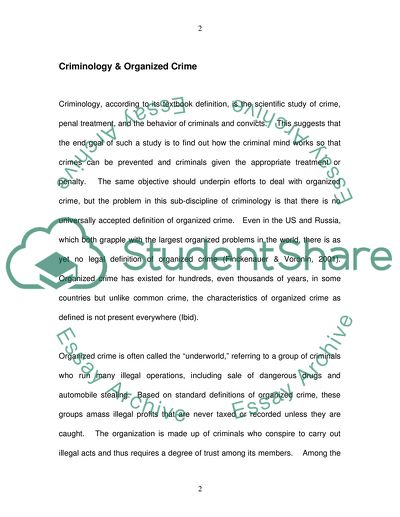Cite this document
(Current Concept of Organized Crime Literature review, n.d.)
Current Concept of Organized Crime Literature review. Retrieved from https://studentshare.org/law/1708661-why-is-the-definition-of-organised-crime-such-a-controversial-issue-in-criminology
Current Concept of Organized Crime Literature review. Retrieved from https://studentshare.org/law/1708661-why-is-the-definition-of-organised-crime-such-a-controversial-issue-in-criminology
(Current Concept of Organized Crime Literature Review)
Current Concept of Organized Crime Literature Review. https://studentshare.org/law/1708661-why-is-the-definition-of-organised-crime-such-a-controversial-issue-in-criminology.
Current Concept of Organized Crime Literature Review. https://studentshare.org/law/1708661-why-is-the-definition-of-organised-crime-such-a-controversial-issue-in-criminology.
“Current Concept of Organized Crime Literature Review”, n.d. https://studentshare.org/law/1708661-why-is-the-definition-of-organised-crime-such-a-controversial-issue-in-criminology.


